"Combining the topics of saunas and COVID, are you crazy?" Well, the relationship between saunas and COVID is more interesting than you'd think. For that reason, I’ll explore the topic of is a sauna good for COVID in this blog post.
Surprisingly, there are some studies investigating this topic already and they’re quite positive. I’ll also cover the topic of how to go to a sauna safely if there’s a risk of infection or if you’re infected yourself. But first up, I’ll go through the basics of the current science on COVID:
COVID Basics: What You Need To Know
In this section, I’ll give you a crash course in the COVID basics. COVID here denotes the disease while the SARS-CoV-II virus signifies the virus causing the disease. I’ll talk about COVID here as everyone understands that term to some degree.
Fortunately, lots of high-quality evidence is available on COVID (1; 2; 3; 4; 5; 6; 7). I’ll only use recent studies from 2021 and 2022 because the science on this topic is evolving quickly. Also, by understanding these basics regarding COVID-19, you’ll better understand my arguments in later sections.
So here's what you need to know:
Being overweight or obese, male, of older age, and having pre-existing conditions are some of the risk factors for COVID. These pre-existing conditions include many diseases that are prevalent such as heart disease or diabetes, but, existing lung conditions are especially important here.
So, if you’ve got Chronic Obstructive Pulmonary Disease (COPD), pneumonia, or another lung condition, your overall risk of getting COVID generally goes up. Most people don’t become symptomatic when in contact with the virus though, although others end up in the ICU and even die from the eventual effects of exposure.
Other pre-existing conditions such as cancer, liver or kidney problems, and others matter too but less than lung conditions.
Symptoms of COVID include shortness of breath, headaches, pain on the chest, fever, gastrointestinal issues, loss of smell, taste, and appetite, a runny nose, coughing, and diarrhoea. Symptoms vary from person to person.
Two common strategies employed to reduce COVID-19 mortality are ventilation and improving hygiene. Improving hygiene here entails washing your hands and cleaning surfaces so that the virus isn’t spread from person to person. I will explore the significance of these two strategies in the next section:
Sauna COVID-19 Guidelines: Make A Sauna COVID Safe
Now I’ll talk about the sauna COVID-19 guidelines - I’ve briefly covered the topic in a previous blog post about infrared saunas and COVID as well. You’ll want to make your sauna COVID safe.
First of all, what’s important to remember is that saunas are enclosed spaces. If saunas weren’t enclosed spaces, hot air would easily be lost to the outside world. But, recall that I also stated that ventilation is one of the main strategies to counter COVID infections.
In fact, there’s a lot of evidence showing that ventilation is important (8; 9; 10). The CO2 levels inside a room are a great indicator of how well the place is ventilated. Nevertheless, if you’re spending lots of time inside a sauna - especially with multiple people - then you’ll dramatically increase the risk of spreading the virus.
For the best results, you can ventilate the sauna well between sessions - air temperature is of lesser importance for infrared saunas versus traditional saunas. Ventilation will dramatically reduce COVID infection risk.
But, just when you thought all was lost, there’s a lot more to the story:
From about 34 degrees Celsius, temperature decreases the spread of the virus because it’s less able to survive (11; 12; 13; 14; 15). The higher temperatures are actually one of the reasons why the virus spreads less quickly during the summertime in most places.
(The tropics and equatorial regions have different “seasons” so the dynamic doesn’t necessarily hold true there).
The same is true for humidity. Higher humidity, which will be found more in a traditional sauna than an infrared sauna, will reduce the spread of the virus even more. Traditional saunas - such as a Finnish sauna - also have much higher indoor temperatures. For that reason, if lowering your COVID risk is your goal, then traditional saunas are your best bet from this perspective. Yet, traditional saunas are harder to ventilate so the risk is probably equal.
So, does sauna kill COVID? Yes, but you have to ensure a few steps:
- To reduce infection risk as good as possible, ventilate the sauna before usage and disinfect all the surfaces
- Next up, wait until the sauna has regained maximum temperature. Then, use your sauna
- If you’re infected with COVID (so, tested positive) but don’t have any symptoms then talk to your doctor first
- If you’re significantly symptomatic, such as having a fever or nausea, then don’t use the sauna. These symptoms signify impaired health and high levels of stress and using a sauna is not recommended in that case.
- Lastly, if you’ve got any of the risk factors I talked about earlier, such as having a high age or having existing lung conditions, or other pre-existing conditions, consult your physician as well before using a sauna.
I hope the information above makes logical sense. In essence, only use a sauna if you’re not already under a lot of stress, whether from an active viral infection or from pre-existing conditions.
Next up, if you are asymptomatic, or don’t have symptoms that signify high levels of stress, you might use a sauna. An example of such a case would be a mild cough with the loss of smell but feeling good otherwise - after testing positive for COVID of course.
Let’s explore that scenario in the section below:



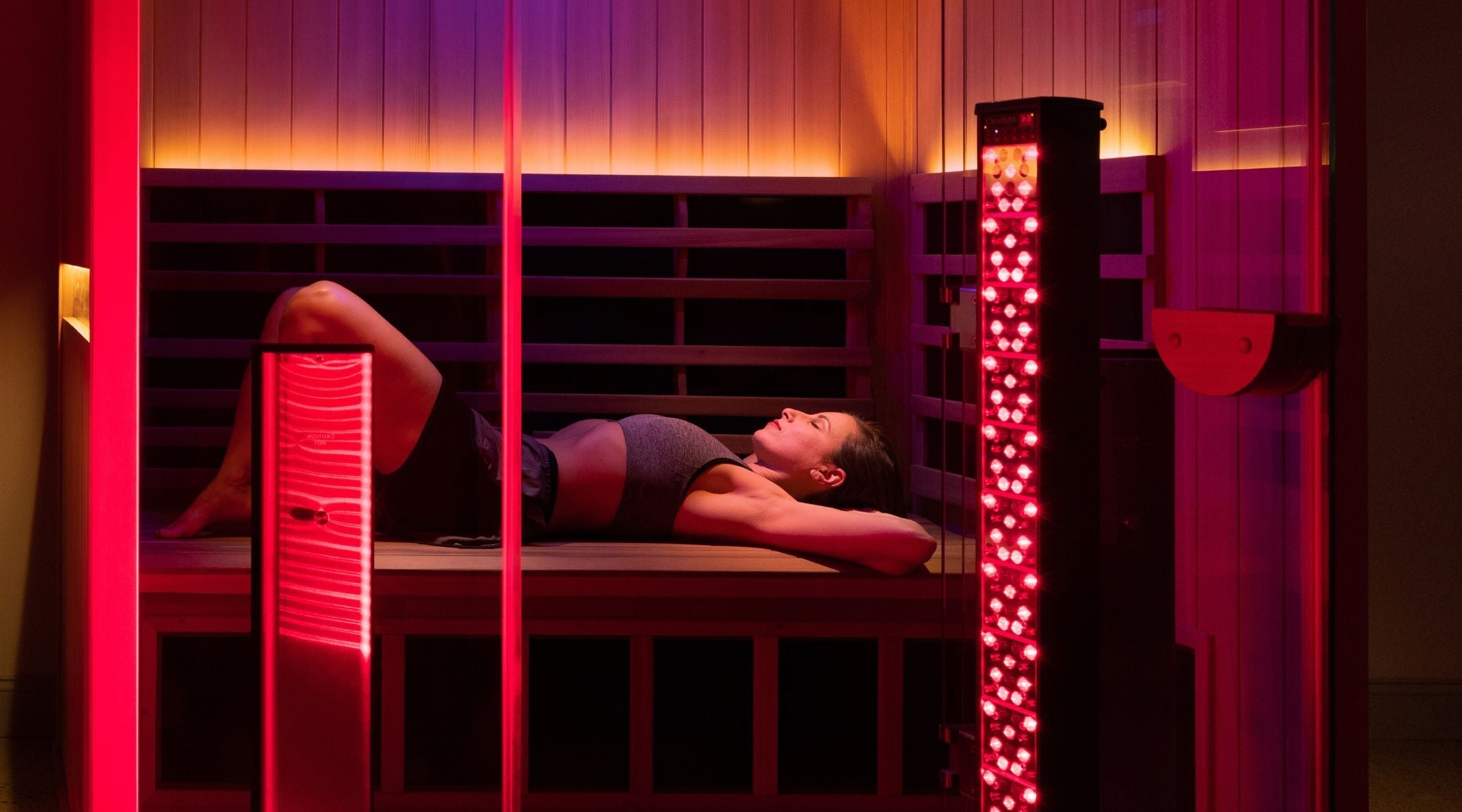
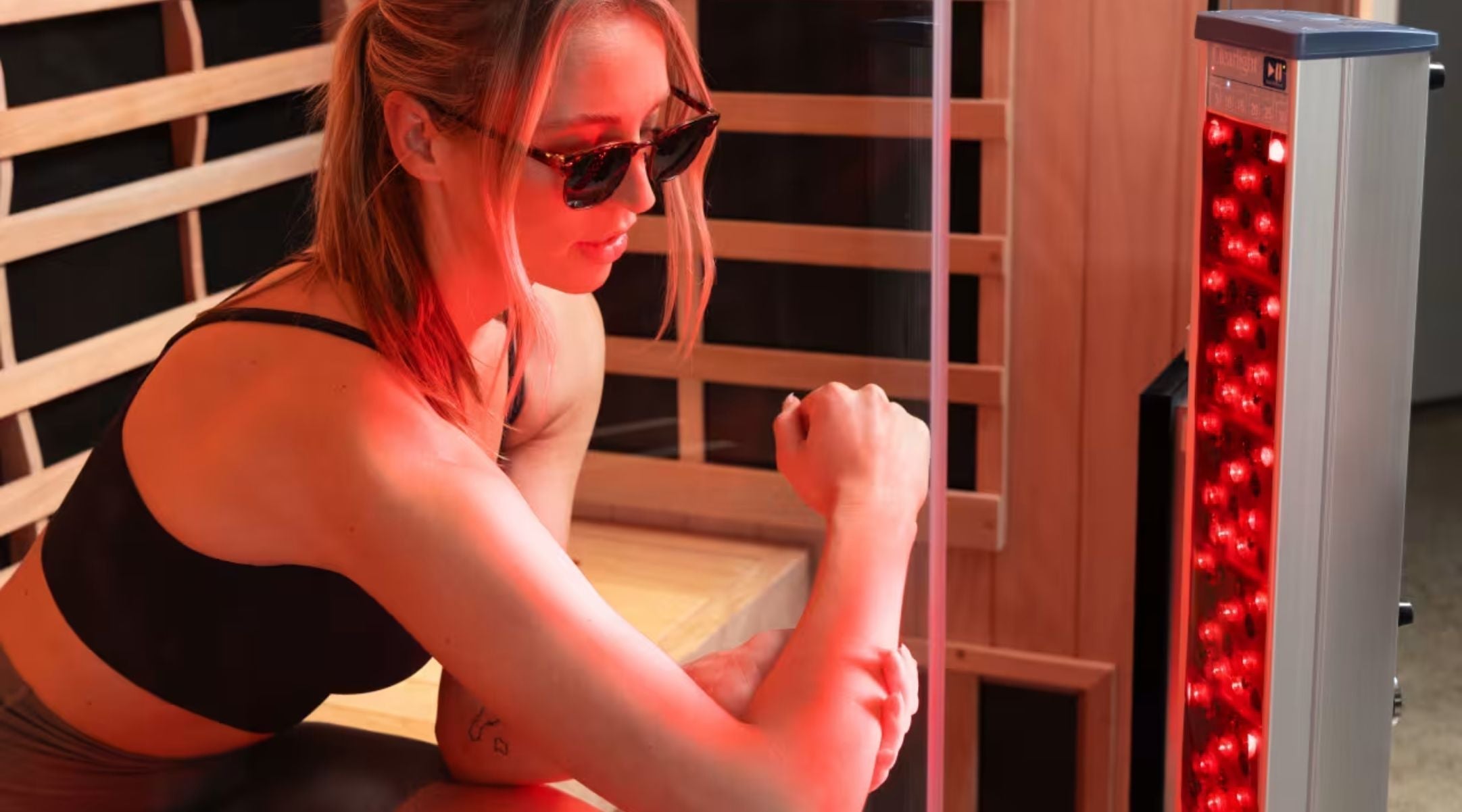

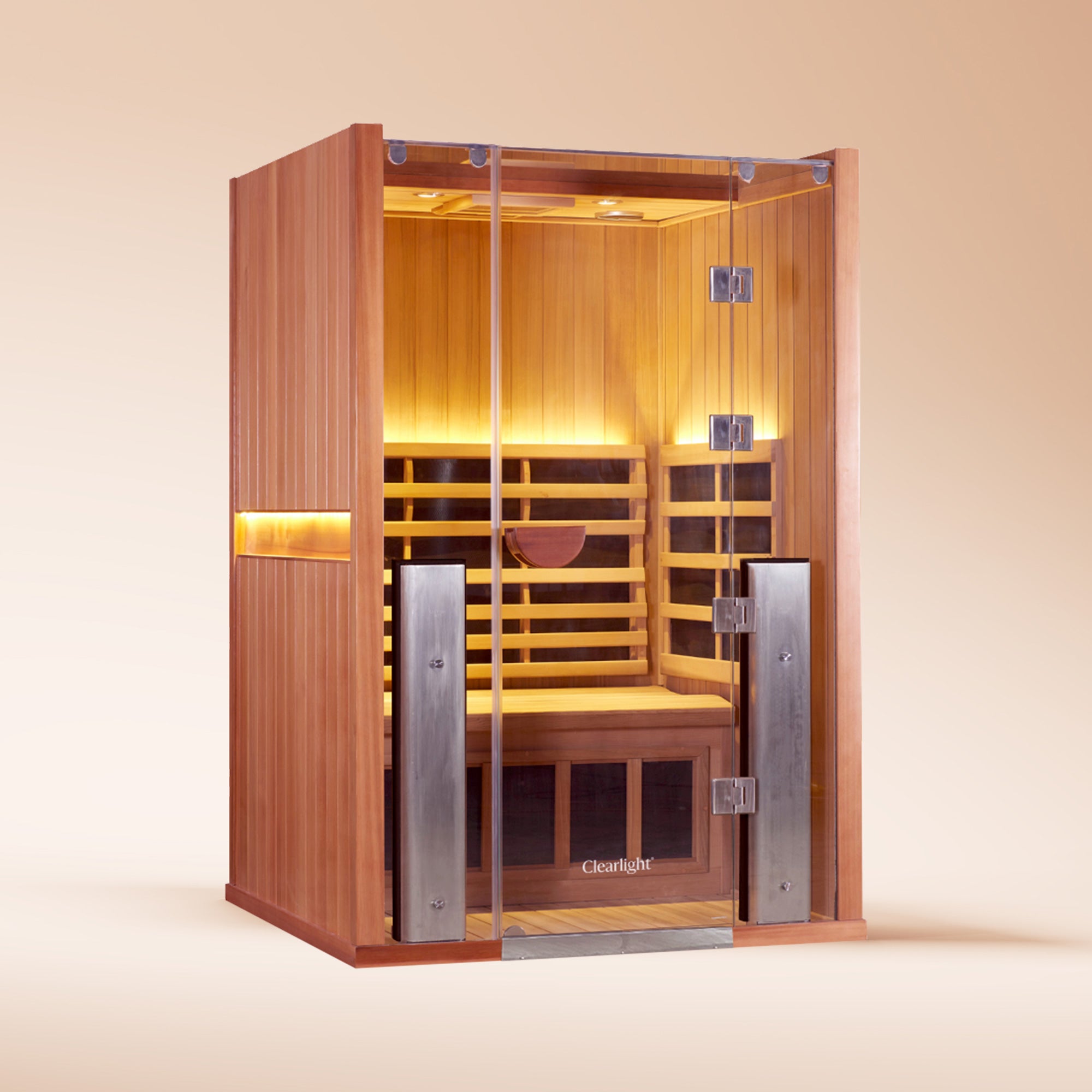

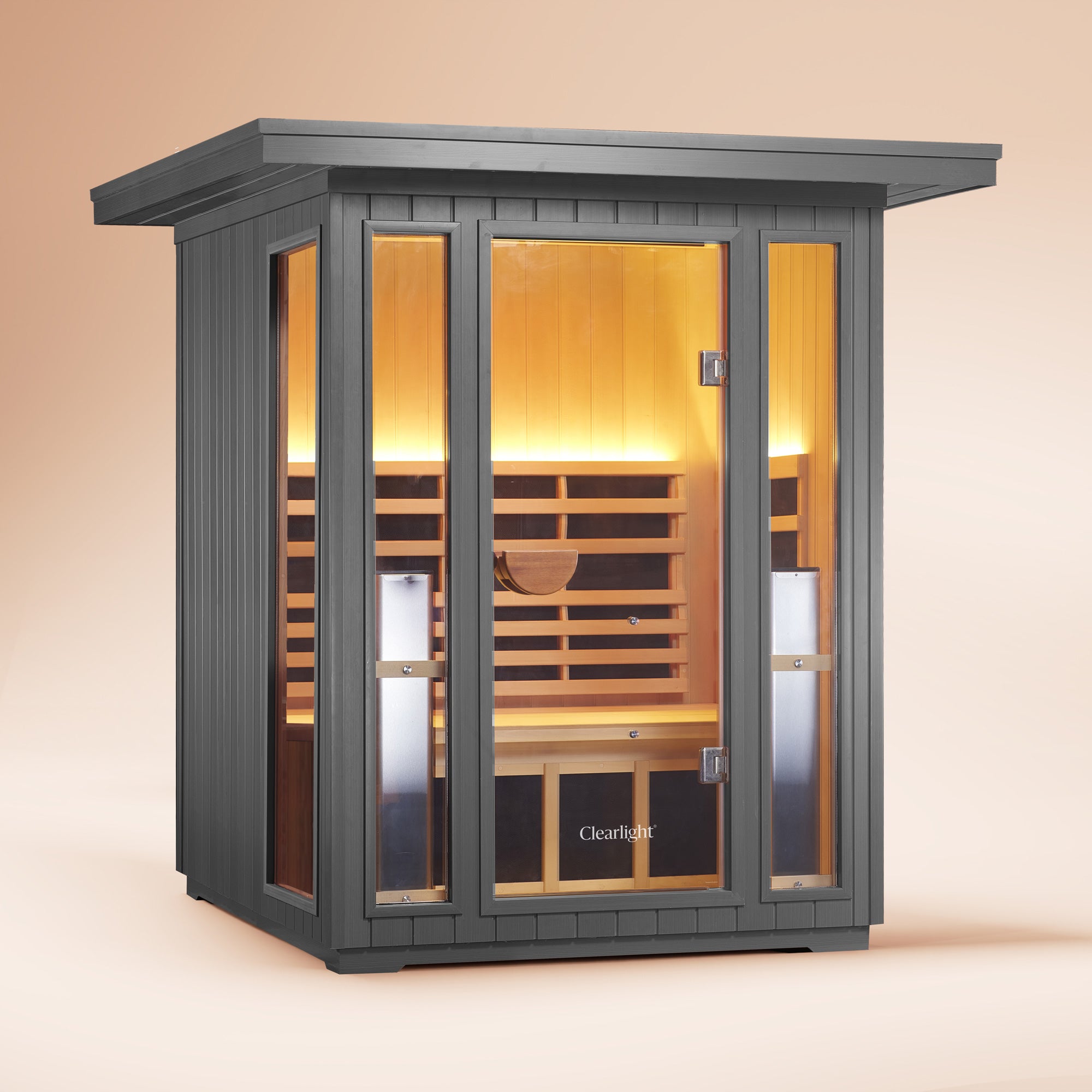

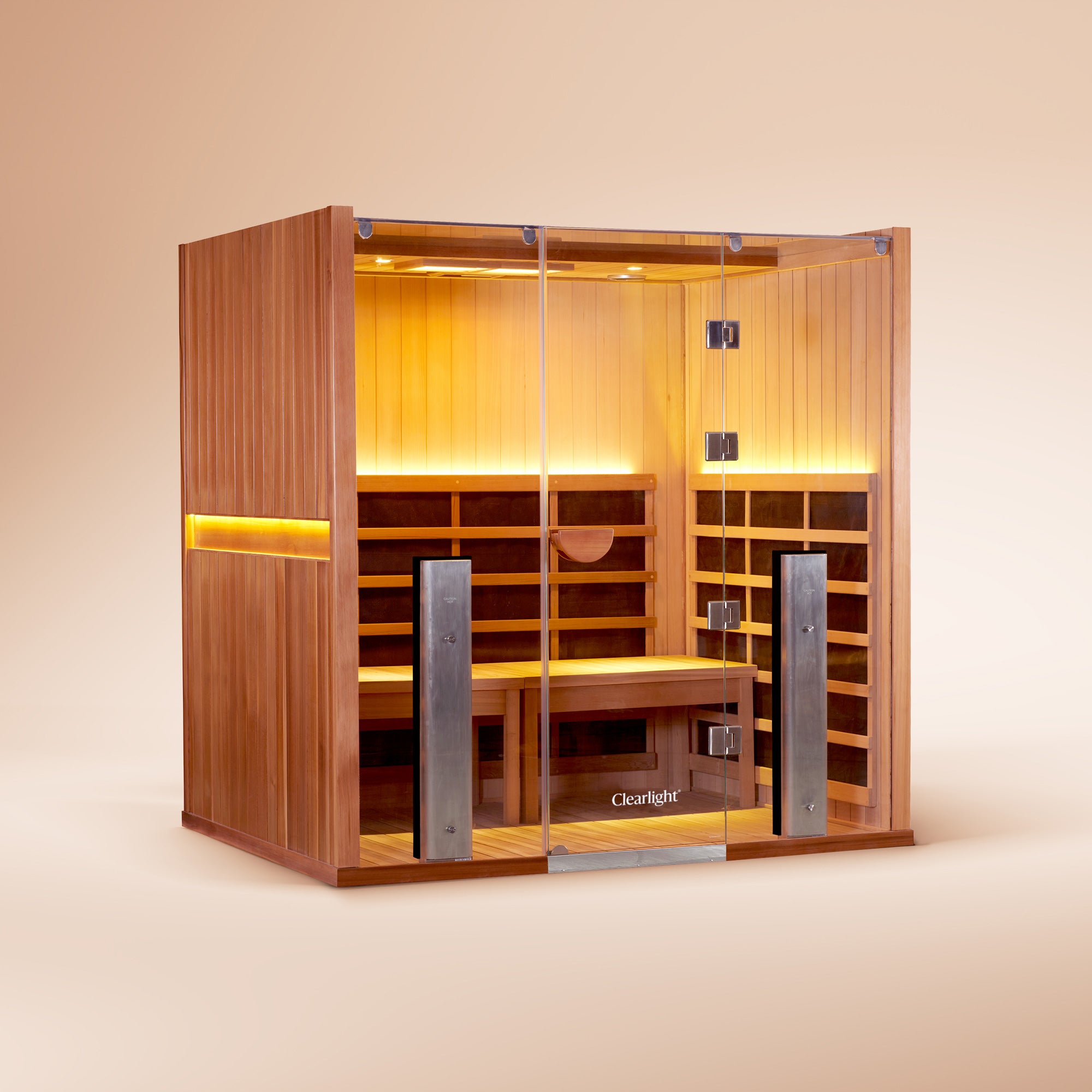
The Unknown Infrared Sauna Eczema Fix
The Unknown Infrared Sauna Eczema Fix